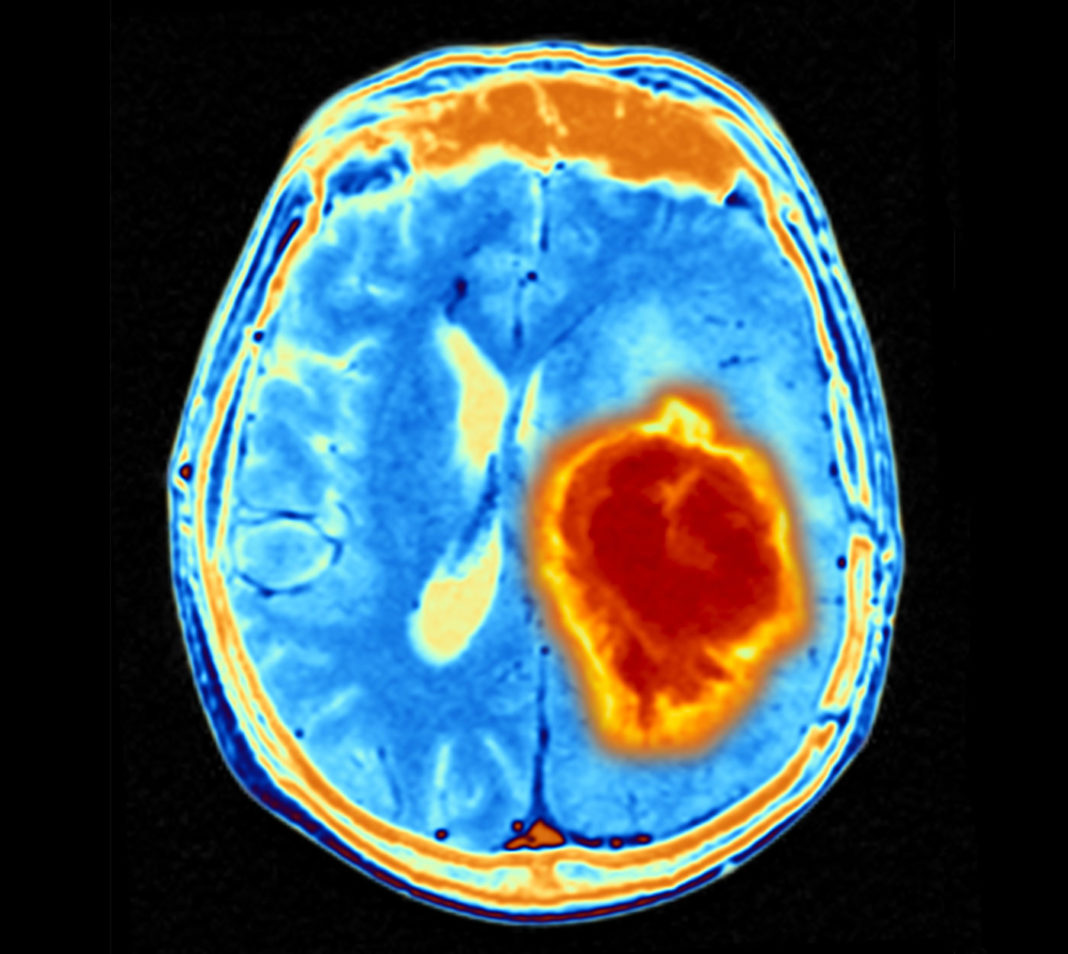Researchers from Flinders University and the South Australian Health and Medical Research Institute (SAHMRI) have been studying ways to uncover potential new drug therapies for the common and lethal brain cancer, glioblastoma. In a new study, the team discovered that studying the genetics of healthy brain cells may provide insights into how to target vulnerabilities in glioblastoma cancer cells.
Their findings are published in Trends in Cancer in an article titled, “Neuronal and tumourigenic boundaries of glioblastoma plasticity.”
“Glioblastoma (GBM) remains the most lethal primary brain cancer largely due to recurrence of treatment-resistant disease,” the researchers wrote.
“Current therapies are ultimately ineffective as GBM tumor cells adapt their identity to escape treatment. Recent advances in single-cell epigenetics and transcriptomics highlight heterogeneous cell populations in GBM tumors originating from unique cancerous genetic aberrations. However, they also suggest that tumor cells conserve molecular properties of parent neuronal cells, with their permissive epigenetic profiles enabling them to morph along a finite number of reprogramming routes to evade treatment. Here, we review the known tumourigenic, neurodevelopmental, and brain-injury boundaries of GBM plasticity, and propose that effective treatment of GBM requires the addition of therapeutics that restrain GBM plasticity.”
“Glioblastomas can affect anyone and only 5% of patients survive more than five years following their diagnosis,” said study senior author associate professor Cedric Bardy, PhD, associate professor at Flinders University and group leader of SAHMRI’s Laboratory for Human Neurophysiology and Genetics.
“A major therapeutic challenge is the variability and adaptability of these brain tumor cells. From patient to patient, glioblastoma tumors are composed of several types of cells in varying proportions. It’s these variations and their incredible capacity to quickly change their identity to hide and escape treatments that make them challenging to eradicate.
“However, recent advances in genetics have shown that the cell types found within glioblastomas maintain some resemblance to the cells of origin, before they became cancerous, and use molecular pathways common with brain cells for growth and survival or when changing their identity.”
“What our research suggests is that we may learn from the genetics of healthy brain cells in order to target vulnerabilities in glioblastoma cancer cells,” explained study lead author Inushi De Silva, a PhD student with Flinders University and SAHMRI.
“Brain cells are not as good as cancer cells in being able to quickly change their identity in response to environmental changes, so if we manage to exploit and amplify this hidden inherited genetic weakness in cancer cells, we might be able to reverse their ability to escape treatments.”
“We should be able to use this in targeted therapy, with treatments that restrict glioblastoma tumor cells’ ability to change, known as plasticity. Understanding more about these mechanisms will be helpful to develop new treatments in the future,” said Bardy.
“Glioblastoma cells are tough to kill because they are such a fast-moving target. This review helps us understand the different pathways in which they can hide. If we can block them in a corner, we may have a better chance to hit the target and cure this terrible disease.”
The team is now currently testing potential treatments targeting subtypes of tumor cells that invade the human brain circuitry and are difficult to remove surgically, without harming the patient.






